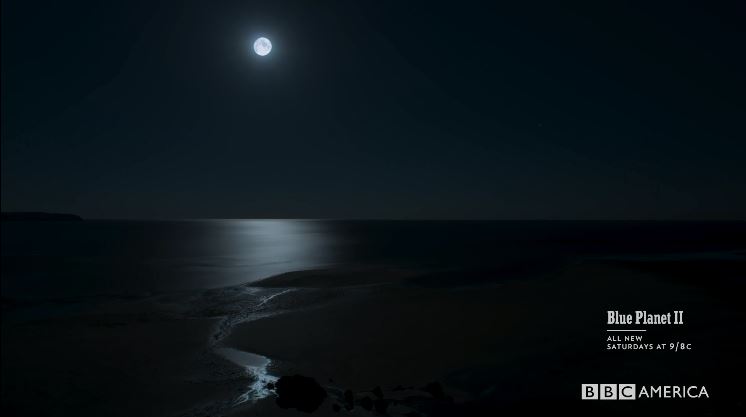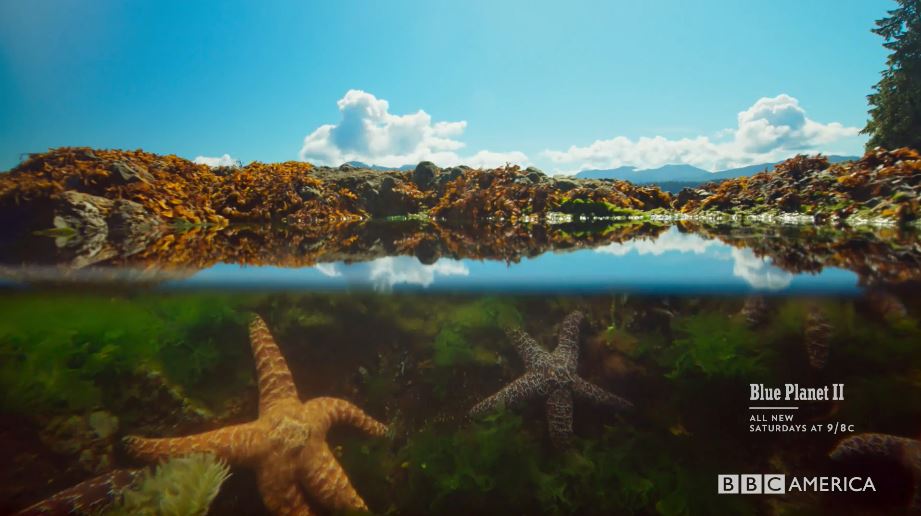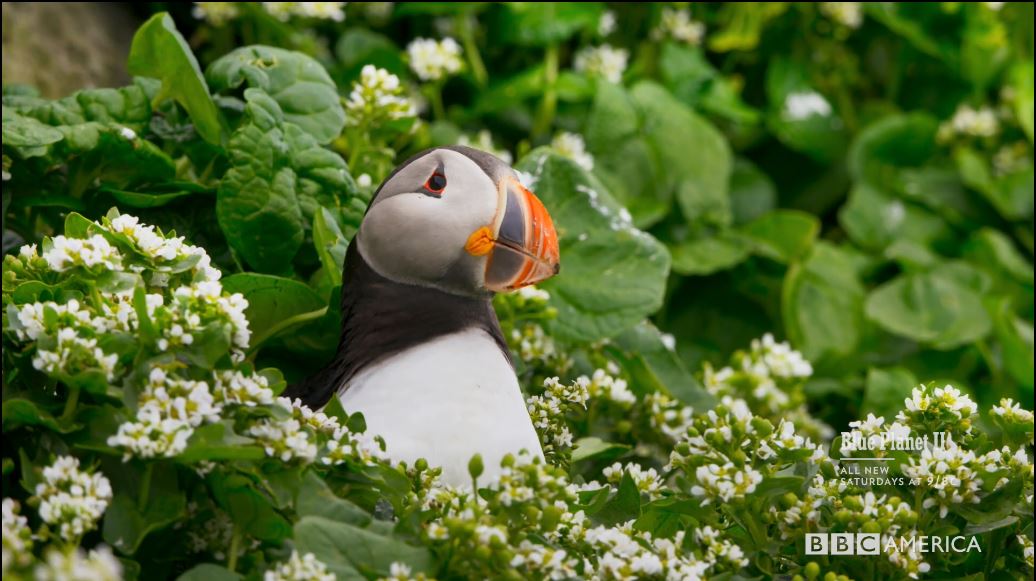Blue Planet II Recap: Coasts

Most people interact with the oceans through the coasts. Beaches, from the white sands of the Florida Keys to rocky stretches of California coastline, are the windows to the expanse of the rest of the sea. In its 6th installment, BBC’s Blue Planet II focuses on the creatures and ecosystem that occupy this space between land and water. It explores the difficulties that come with living a life in flux, and the ingenious ways that animals have adapted to these circumstances.
Personally, this was probably my favorite episode yet, due in no small part to my love of the moon. The first part of “Coasts” focuses on the creatures that based their lives around the tides and features incredible footage of my favorite celestial body.
“As the moon circles our planet, the seas rise and fall… creating the most constantly dynamic landscapes on earth,” Attenborough explains.

Indeed, the episode quickly shows just how dynamic these ecosystems can be. Time-lapse footage of a rock pool that seems like a haven of calm reveals the intensity of life in these enclaves. Starfish slowly suck up unsuspecting limpets. Anemones swallow shells whole. And moray eels, the one ocean creature that consistently haunts my nightmares, fight crabs that leap across the rocks.

The tides create a life of surprising intensity, but no story in this episode is as intense as one of a little bird trying to feed his family. In “Coasts,” the puffin makes its Blue Planet II debut. I don’t know if there has ever been an animal more immediately charming than the puffin. They mate for life! They were the cutest part of the latest Star Wars! Their chicks are called PUFFLINGS! What could be more adorable?!
Not only are these puffins adorable, they’re also brave. Living in the crevasses of the towering cliffs created by wave erosion, the puffin must fly 50 kilometers into the open water to catch fish for its chicks. In one of the most memorable chase scenes yet, an arctic skua attempts to steal the fish right out of the father puffin’s mouth as he makes the long journey back to his nest. It’s a nail biter with real stakes: there’s a puffling at home that needs that fish. In the end, he makes it, and I’d be lying if I said I didn’t get emotional watching the family reunite.

However, there’s a deeper threat to the puffins beyond the skua. Attenborough explains that in some places where fish numbers are in decline, many puffins find it hard to get enough food for their families. Though puffins are found primarily around Arctic waters, overfishing in all coastal areas can have an impact on their ability to find food. It’s vital to create sustainable fisheries all over the world so that creatures—and that includes us humans!—that live along the coasts can thrive.
The end of the episode takes viewers to the cities that now dominate many coasts. From the towering skyline of Manila to the shores of Palm Beach, it’s almost odd to see these human settlements after weeks of experiencing unfamiliar ocean terrains. And yet, it’s in cities like these that most people experience the ocean. In next week’s finale, Blue Planet II will explore the consequences of human actions on the ocean. Join Ocean Conservancy for a Facebook Live on February 28th as we host a special event with BBC America to celebrate Blue Planet II. We’ll discuss the series with BBC producer Mark Brownlow, founder of EarthEcho Philippe Cousteau, and Ocean Conservancy CEO Janis Searles Jones. Follow along with the hashtags #BluePlanet2 and #OurOcean.